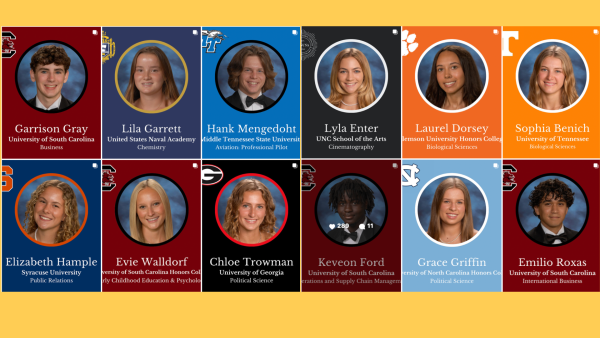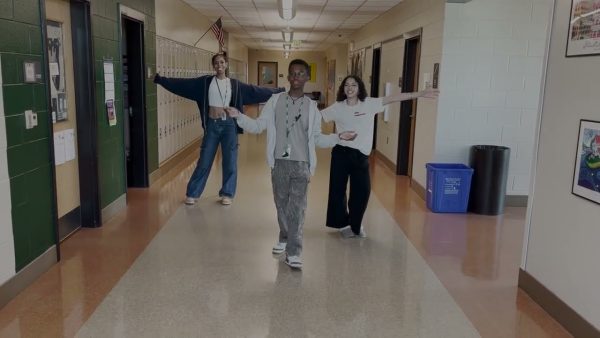The Real History of Thanksgiving
In kindergarten we sat down at little tables to eat turkey and Thanksgiving cupcakes after being read a story of how the Pilgrims and the Native Americans enjoyed the first Thanksgiving feast together. Dressed in construction paper pilgrim hats and feathered headbands, we were transported back to the time of Squanto and the Mayflower.
The pilgrims who traveled on the Mayflower established a village in Plymouth, Massachusetts in 1620. Surviving the first winter was brutal and over half of the original group who had made the great journey died due to the cold and disease. The following March, they were surprised to meet an Abenaki Indian who spoke English. This was Squanto–a Native American who had learned English after being captured by an English sea captain and later sold into slavery in London. He had escaped and returned to his homeland. Squanto was truly a gift from God to the Pilgrims. He taught them to grow crops such as corn, catch the fish that lived in the Massachusetts Bay, and create an alliance with a local Wampanoag tribe. As a result, the next year was dramatically different, as the Pilgrims flourished. In November of 1621, Governor William Bradford organized a feast for both the Pilgrims and Native Americans to celebrate the first successful harvest. Together, they enjoyed lobster, seal, and swans.
New England colonists continued to uphold the tradition of an annual Thanksgiving feast. In 1789, George Washington promoted the celebration of Thanksgiving in order to give gratitude for the country’s newfound independence. Abraham Lincoln made Thanksgiving a national holiday in 1863 in an attempt to preserve the union. FDR promoted the holiday in order to spur retail sales during the Great Depression and officially designated the holiday to fall on the fourth Thursday in November. Thanksgiving continues to be a holiday for families to give thanks, but now while enjoying delicious pumpkin pie and crispy turkey.








